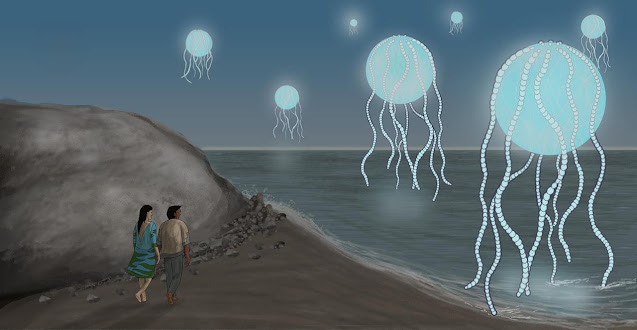From Atoms to Animals (Part 1) - How did life on Earth begin?
Life is a very complex thing. Living things – animals, plants, bacteria, viruses, people – are made of many extremely complicated moving parts. A human being is a multicellular organism with a wide variety of cells, tissues and organs. The cells that make up our bodies are small biomechanical machines that perform a huge number of different processes essential for life. At the heart of most cells is the nucleus, containing our DNA; densely packed molecules that encode an enormous amount of genetic information and provide the blueprint for the creation of new human beings.
Where did all of this highly developed apparatus come from?
Everything in the universe – living and non-living – is made of the same basic type of stuff. All matter is made of atoms, different types of atoms defined as different chemical elements: hydrogen, carbon, oxygen, iron, gold, silver, uranium, etc.
The simplest atoms – hydrogen, helium and lithium – were created a very long time ago shortly after the Big Bang (the rapid expansion of our universe from a small, dense region of space to the continuously expanding cosmos that we know today) 13 billion years ago. Masses of these atoms, initially in a diffuse gaseous state, collapsed gravitationally to form the first stars. When the heaviest of these stars exploded (in an event called a supernova) the extreme energy produced created new atoms from the existing material. From simple hydrogen, helium and lithium, much heavier elements were created. These include carbon, oxygen and all the other elements that are essential for life.
That explains the presence of the *ingredients* for living things, but how did these ingredients form into what we see in the natural world? How do you get DNA, blood, photosynthesis and flamingos from dust, water and sunshine?
The honest answer is that we do not know for certain. All we can do is speculate based upon the things we DO know about biology, chemistry and physics… and we DO know quite a lot…


Comments
Post a Comment